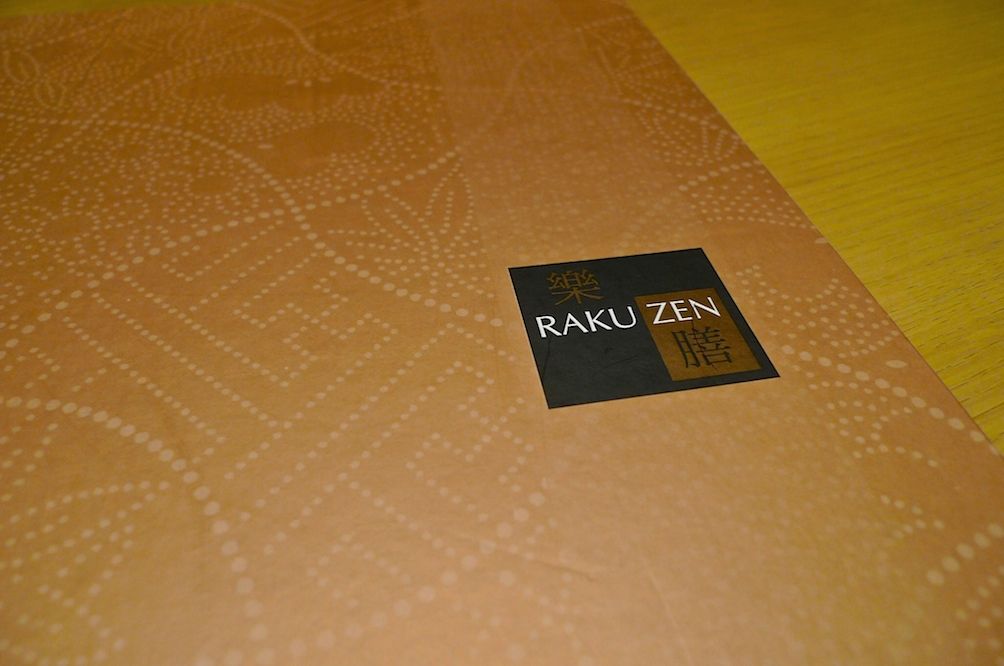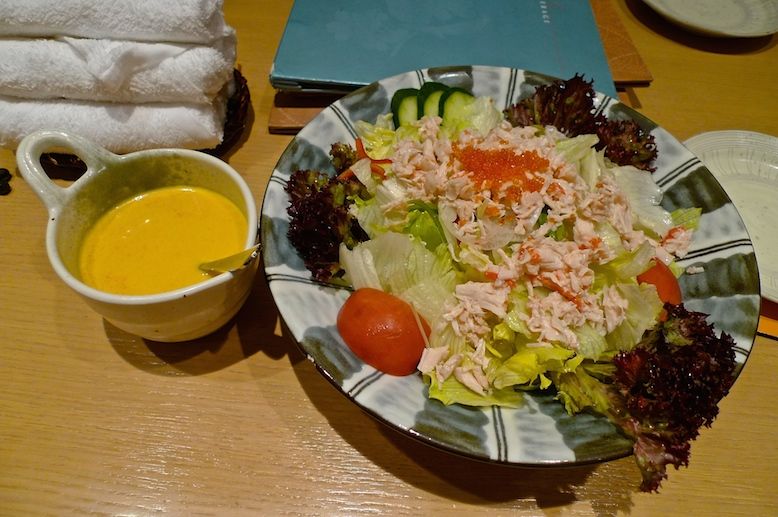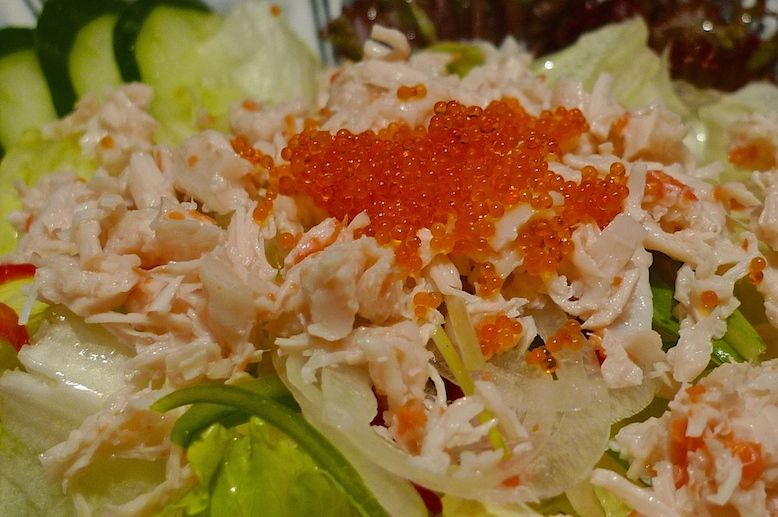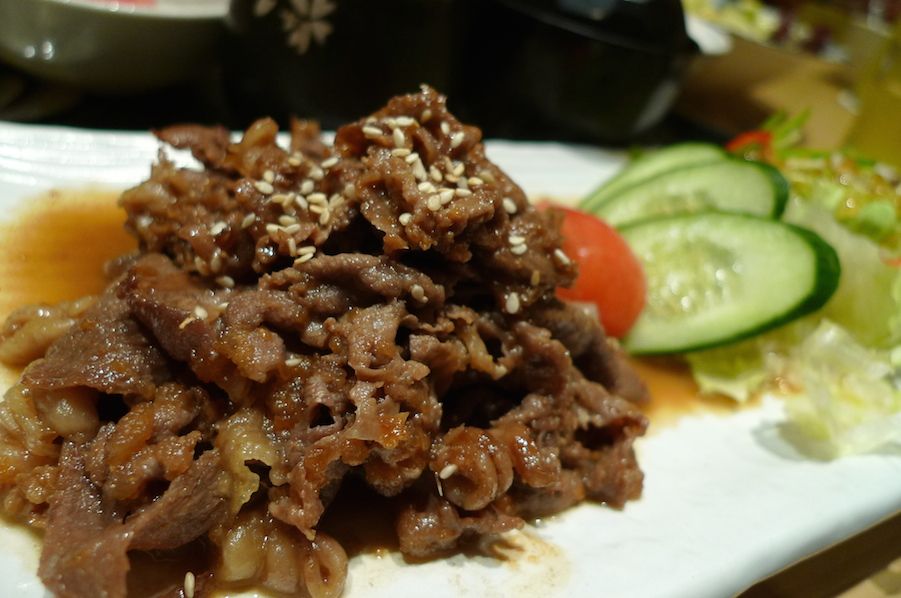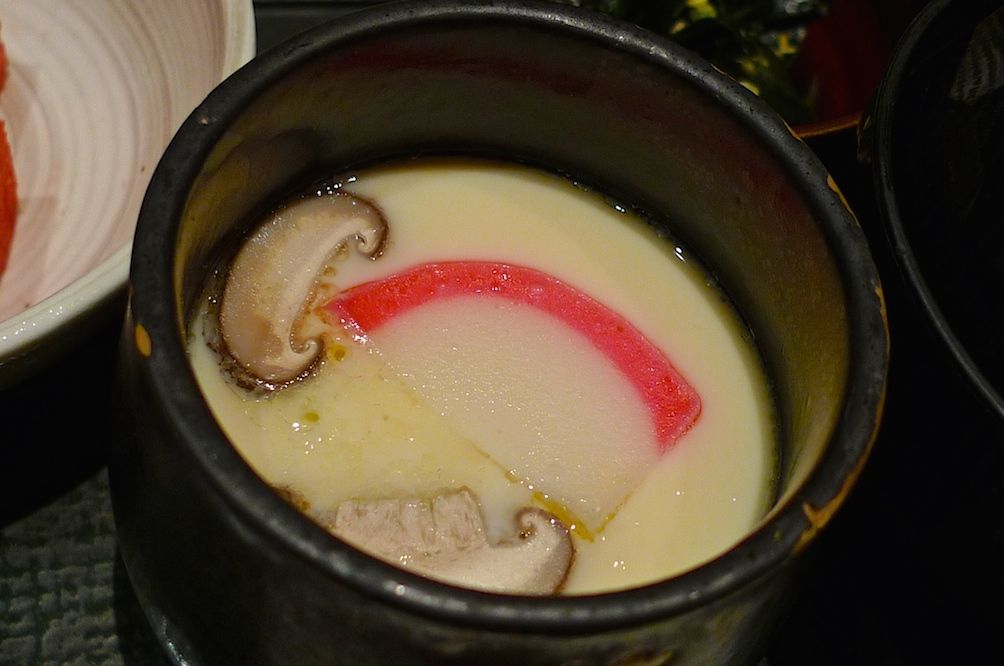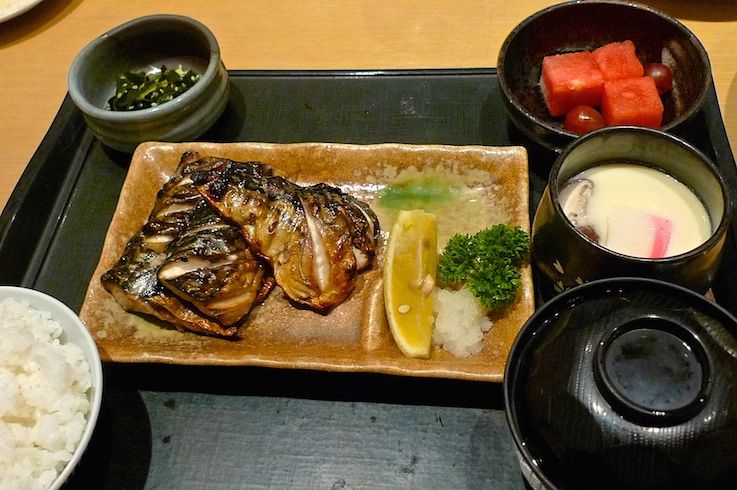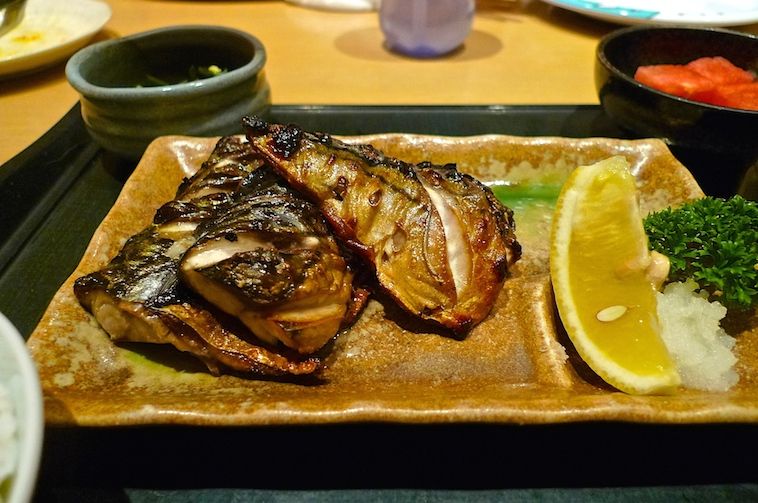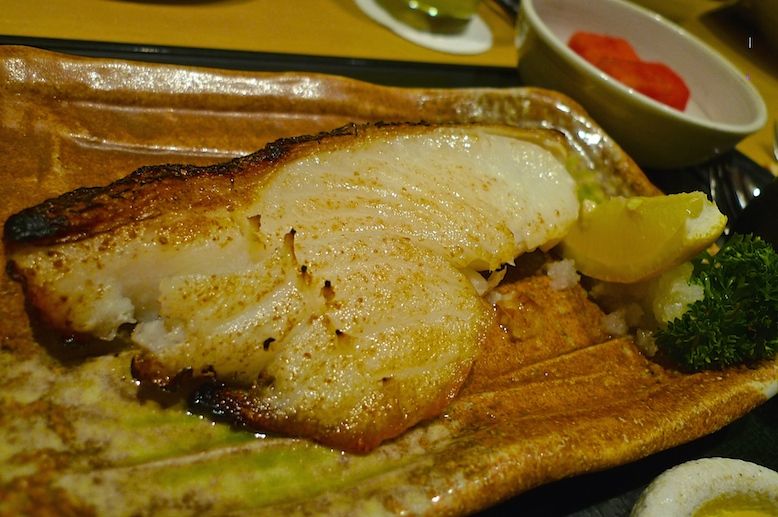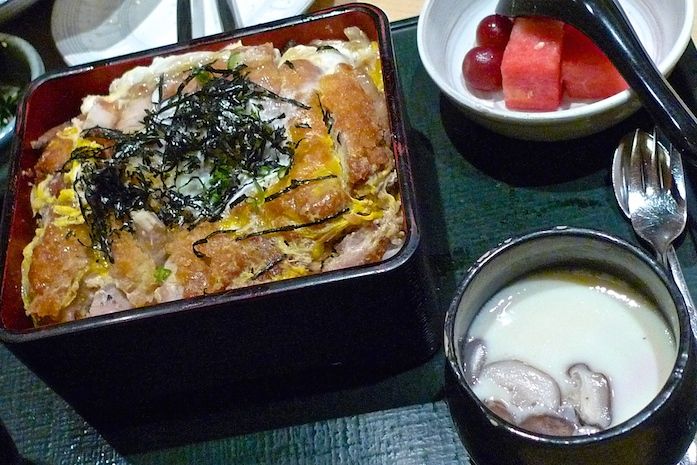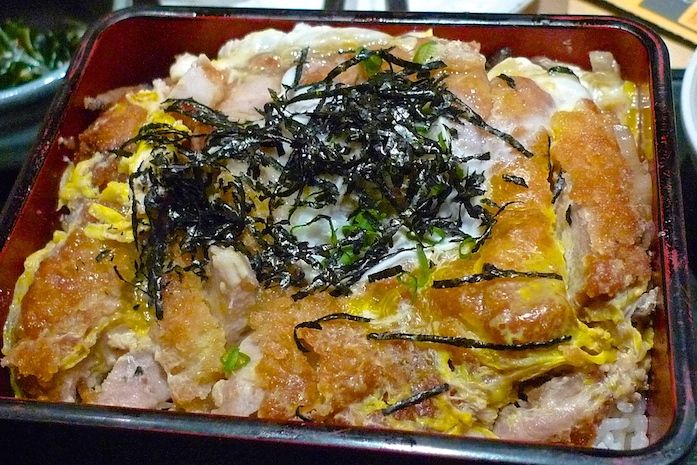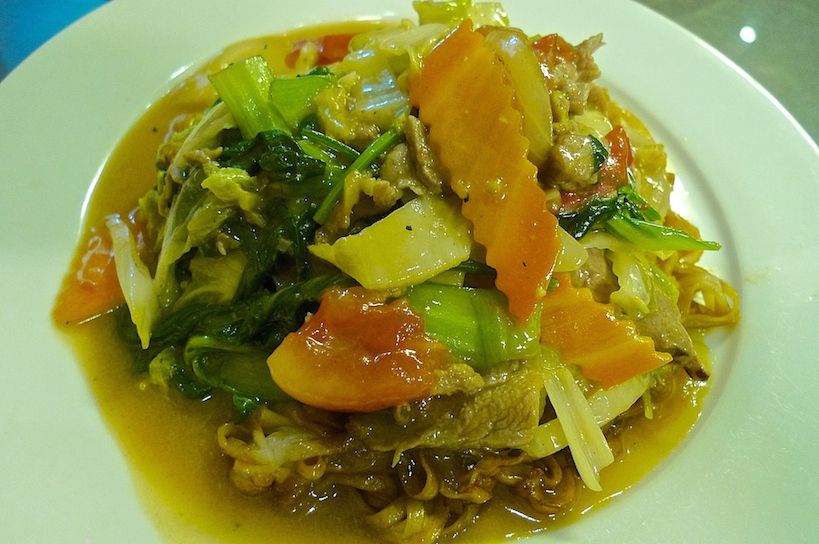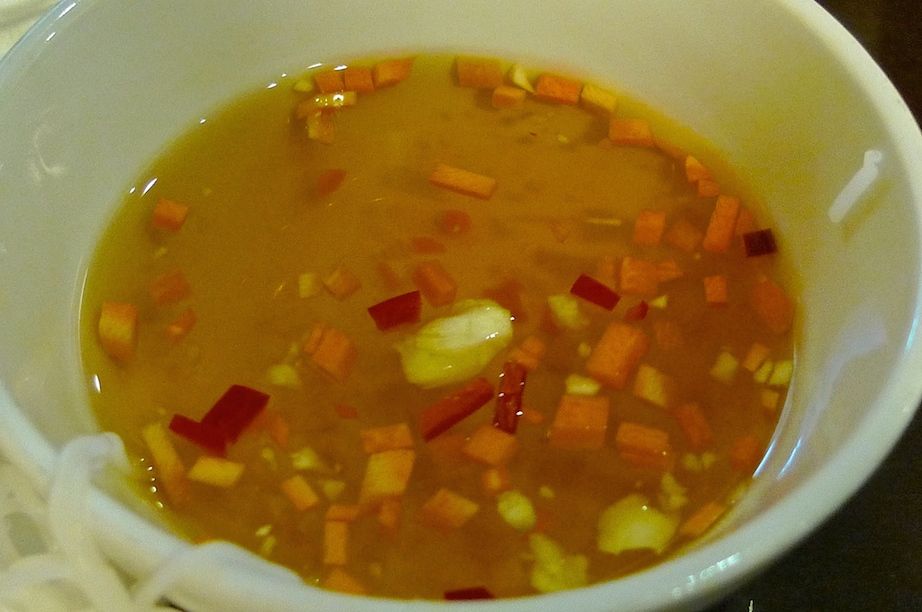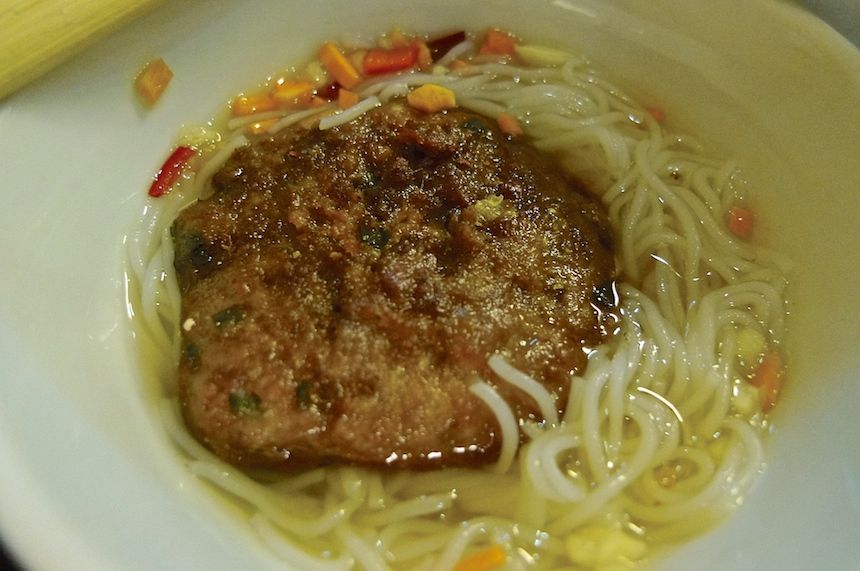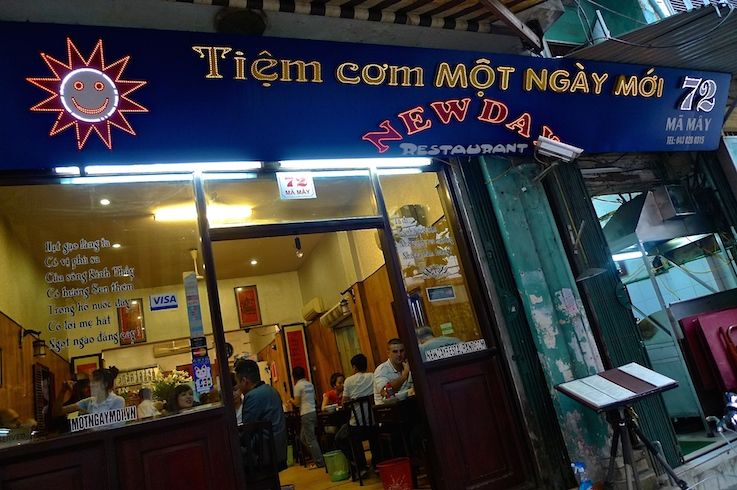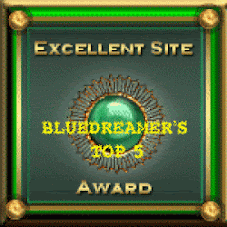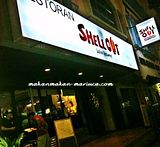On our second day in
Hanoi, my friend and I visited the
Ngoc Son Temple also known as
Temple Of The Jade Mountain.
Located at a small island (called
Jade Islet) in the middle of the northern part of
Hoan Kiem Lake,
Den Ngoc Son (
Ngoc Son Temple) is dedicated to 13th century military national hero
Tran Hung Dao, Taoist scholar
Van Xuong and Confucian master
Nguyen Van Sieu.
After spending the early part of the morning
strolling around the beautiful Hoan Kiem Lake, we finally reached the red lacquered wooden arched bridge known as
The Huc or
The Rising Sun.
I am not sure why they called it the Rising Sun Bridge. Perhaps you can watch the sunrise from this bridge? Anyway, this landmark bridge leads to the
Ngoc Son Temple.
Ok this is funny, but I am going to blog about this temple in reverse order. What I mean to say is that we were so eager to get onto that bridge that we missed the actual entrance which comprises three gates. We only realised about the gates when we exit the temple.
So I will blog about the gates towards the end of this post. Which is just as well because I found the gates more interesting than the temple itself. LOL!
This is my entrance ticket to the temple. Entrance fee was 20,000 Dong (US$0.95 / RM3.10)
The ticket counter was situated right before the bridge, after passing the three main gates. Somehow, we went straight to the ticket counter without passing by the three gates. LOL!
I waited for the right moment when there were fewer people on the bridge before quickly taking a snapshot!
Took this picture of the buildings across the lake while standing on the bridge. Do you recognise that building that looks like a ship? That building which housed
Hanoi Soul Cafe where I had a drink with
Son, my tour guide from
Hanoikids a day earlier? Read about it
HERE.
At the end of the bridge is an entrance gate with a circular window at the top. This is the
Moon Gazing Pavilion. There's a dragon-horse on the right and a tortoise carrying a book and a sword on the left. These are all Taoist symbols although I don't really know their meanings.
This is the main temple building. We did not enter the temple as I thought it would just be like any other temples in Hanoi. But I had since regretted my decision because I learnt later that there's a room inside the temple that contains the preserved body of a
giant tortoise which was said to be at least 500 years old!
Could that be the same divine tortoise which was reported to have snatched back the magic sword from Emperor
Le Thai To in the 15th century? You can read up a little bit of this legendary story from my previous post
HERE.
Oh well, if I were to re-visit Hanoi, I will definitely visit this temple again just to have a look at that preserved giant tortoise!
The above photo shows the scenery of
Hoan Kiem Lake from this temple. Isn't it beautiful?
Flags fluttering in the wind.
We did not linger very long in the temple compounds.
If not mistaken, I think this is the reverse side of the Moon Gazing Pavilion as we exited the temple compound.
OK, now let me show you the three main gates that precede the red bridge. As mentioned earlier, we missed these gates, so after we left the temple and crossed the red bridge, we came upon the third gate.
A statue perching above the gate.
More carved statues.
There's a white scroll at the centre of the gate. Not sure what was written there though. Below the scroll is an image of a bat. I do know that bat symbolises happiness in Chinese.
I think there is a large stone on top of the gate that represents an ink pot, but I did not take a picture of it as I did not know the significance of it at that time. What is the ink pot for? I will explain that in a minute after we pass the second gate.
Here's the view of the second gate as we walked away from the temple.
On the right is a carp gazing at the moon's reflection.
On the left side is a couple of storks on a pine tree.
On the opposite side of the second gate (which is actually the front part since we were exiting), is 3D images of a Tiger and a Dragon.
A close shot of the Tiger that appears to be jumping out of the wall.
And the beautiful carving of the Dragon in the clouds.
I particularly like this 3D image of the Tiger!
Before reaching the first gate, we saw a tall structure with an altar beside it.
The tall structure appeared to be on top of a mountain of rocks.
This tall stone structure is the
Thap But or
Pen Tower. It's about ten metres high with a tip that resembles a writing brush. I am not very sure what it signifies, but it probably indicates that the temple is dedicated to literature and poetry.
Now remember the ink pot on top of the third gate I mentioned earlier? It seems that on a certain date in the lunar calendar, the shadow of this Pen Tower will fall on that ink pot! How fascinating!
This is the first gate as seen from the front. We should have entered using this gate as the starting point. But we didn't and so I'm showing you the three gates in reverse order. Haha!
If you scroll back up to the photo of my entrance ticket, you will notice that this first gate is featured on the ticket.
The big red-colored Chinese character on the right means Happiness and the left means Prosperity. And I guess that's what the Vietnamese people and all of us want, don't we? Lots of happiness and prosperity!
For first time visitors to
Hanoi, I highly recommend a visit to
Ngoc Son Temple not only to learn about the history and culture of Hanoi city but to be blessed by the good vibes as you pass the three gates!

